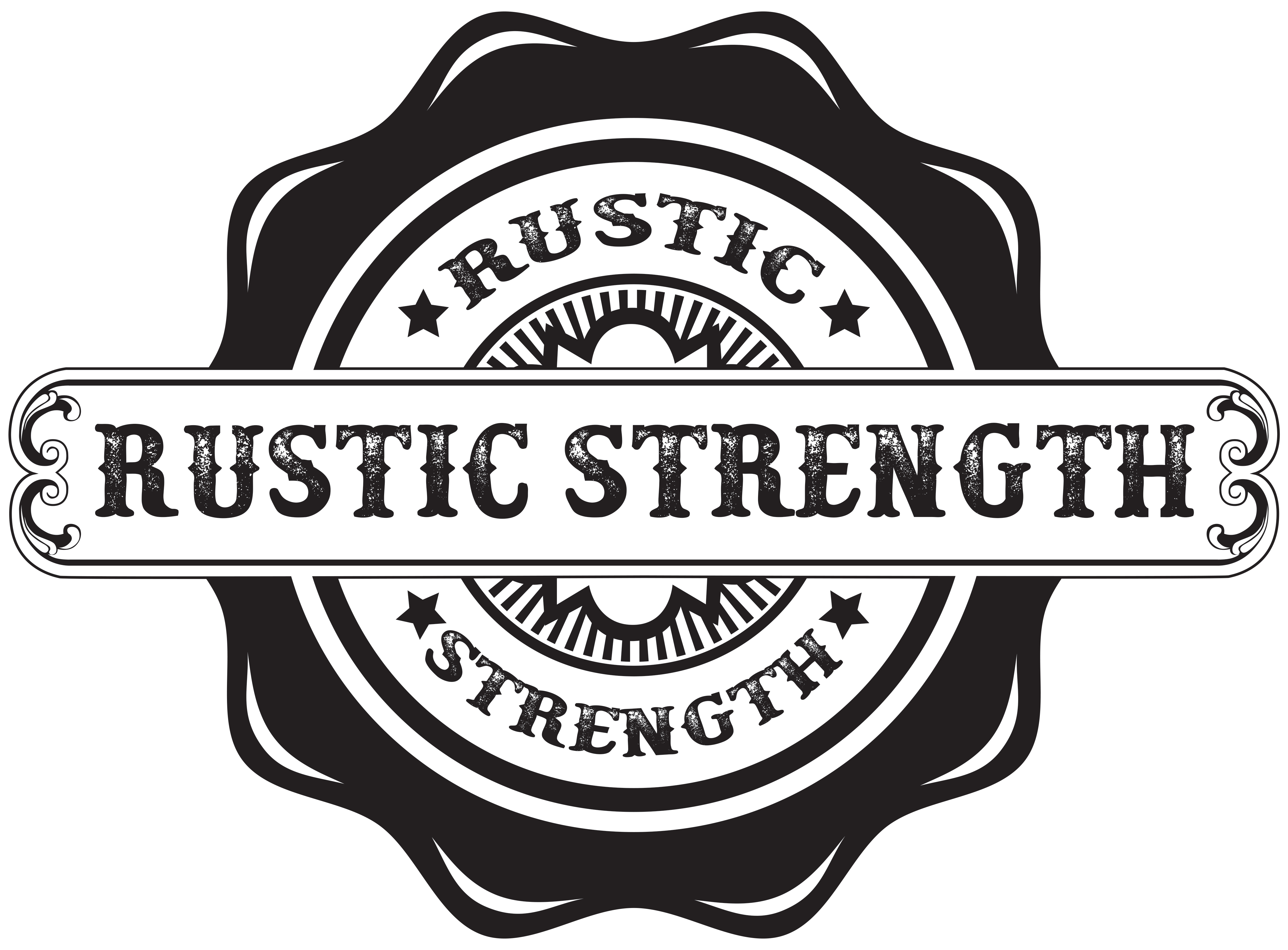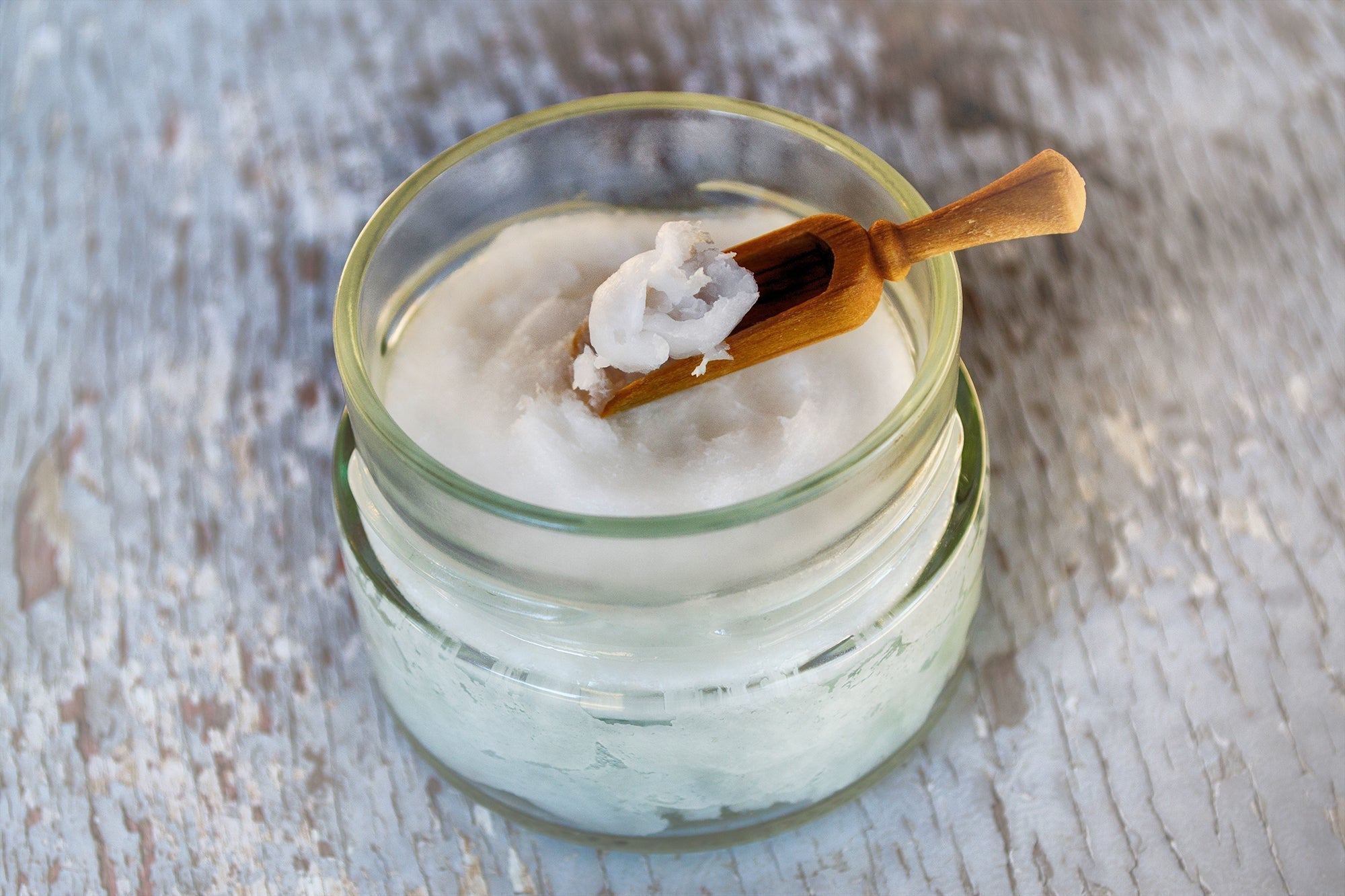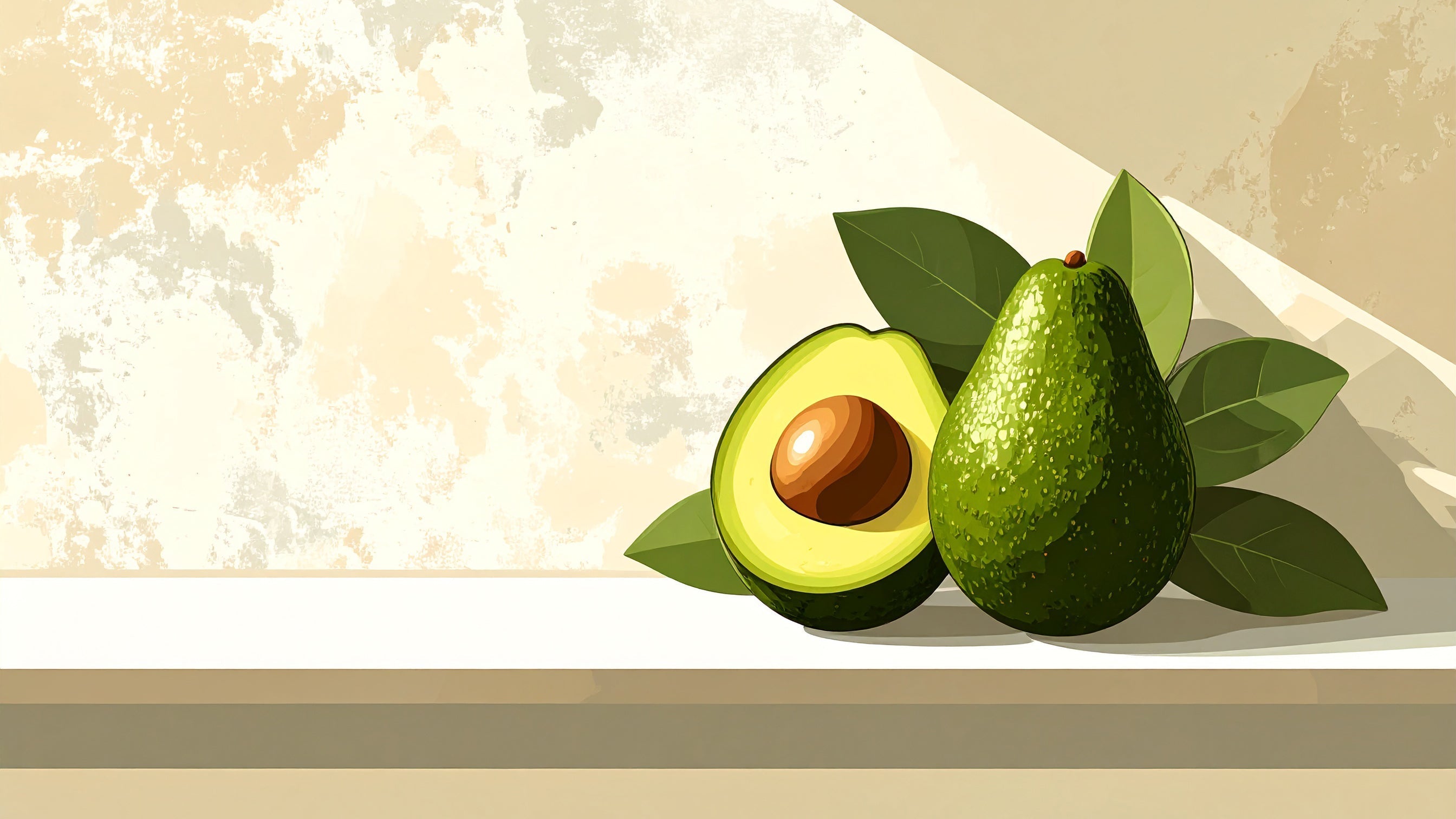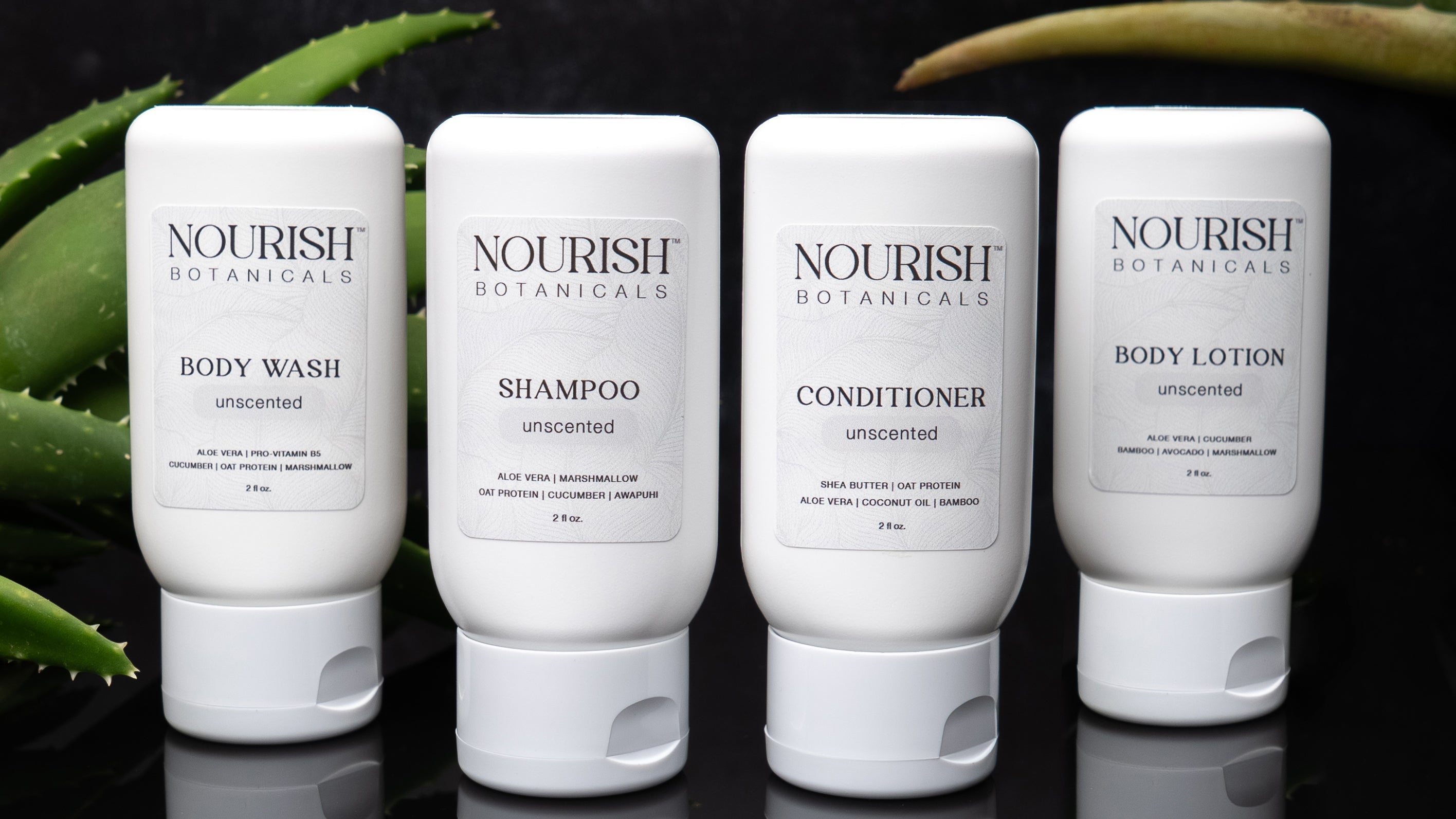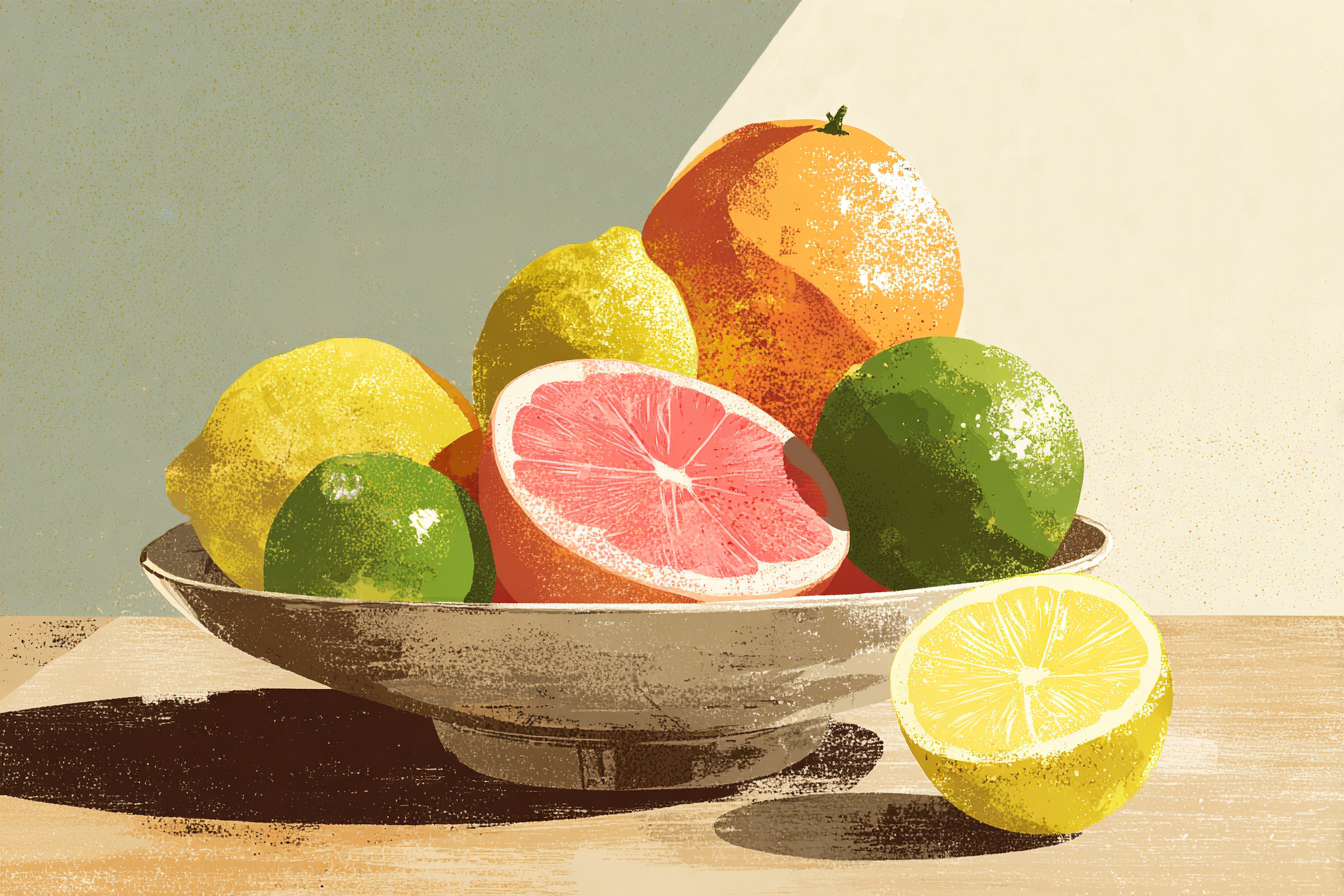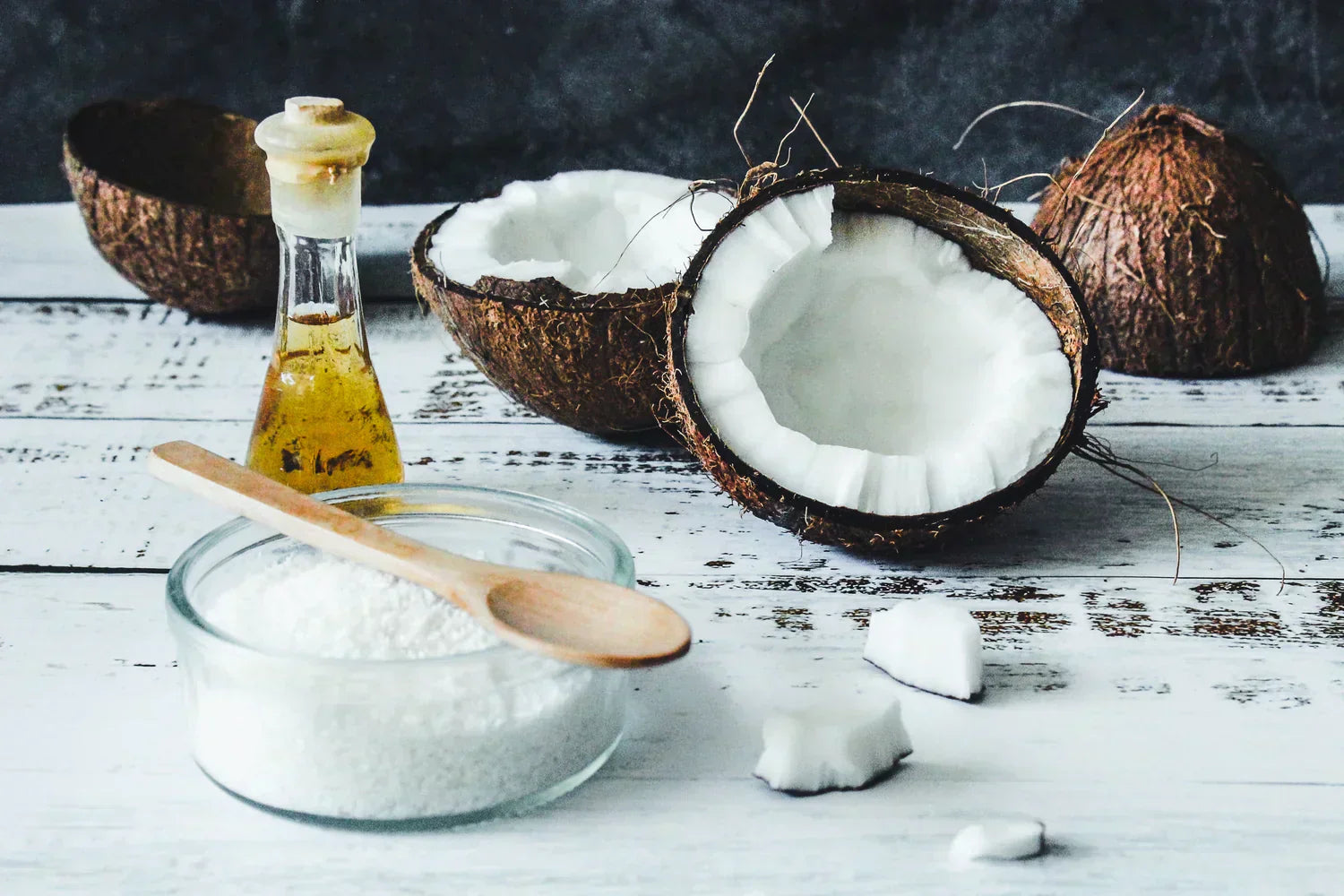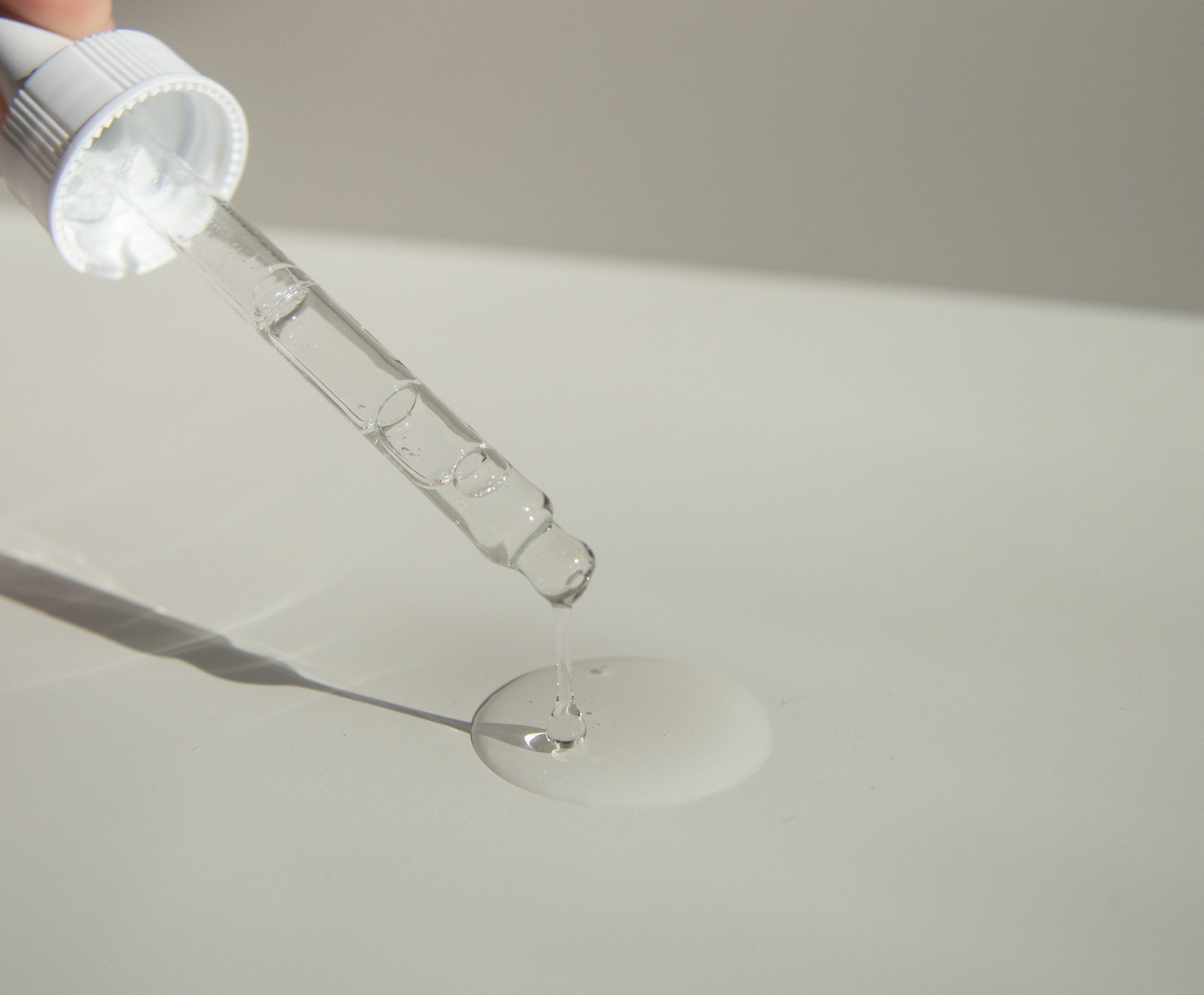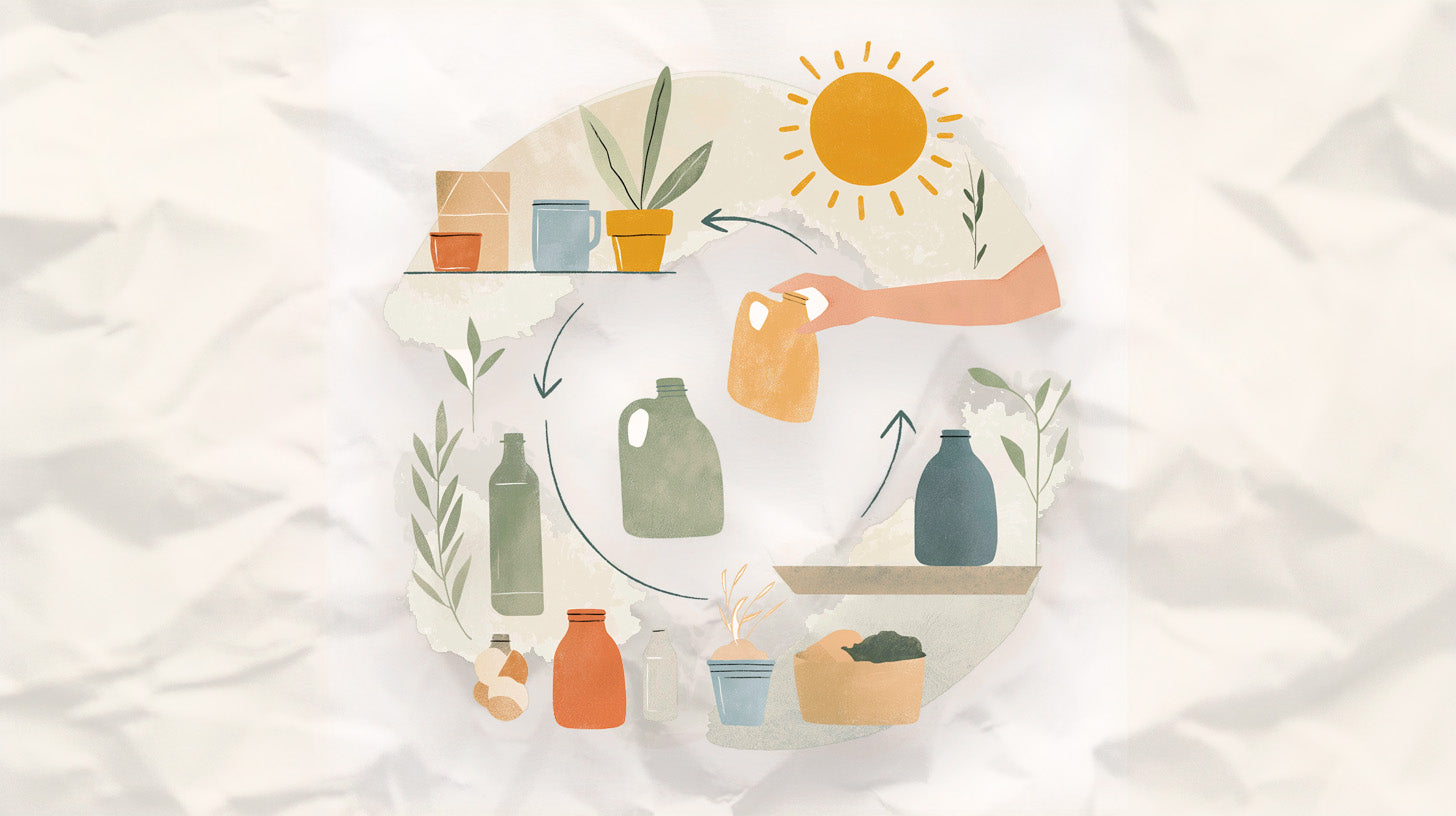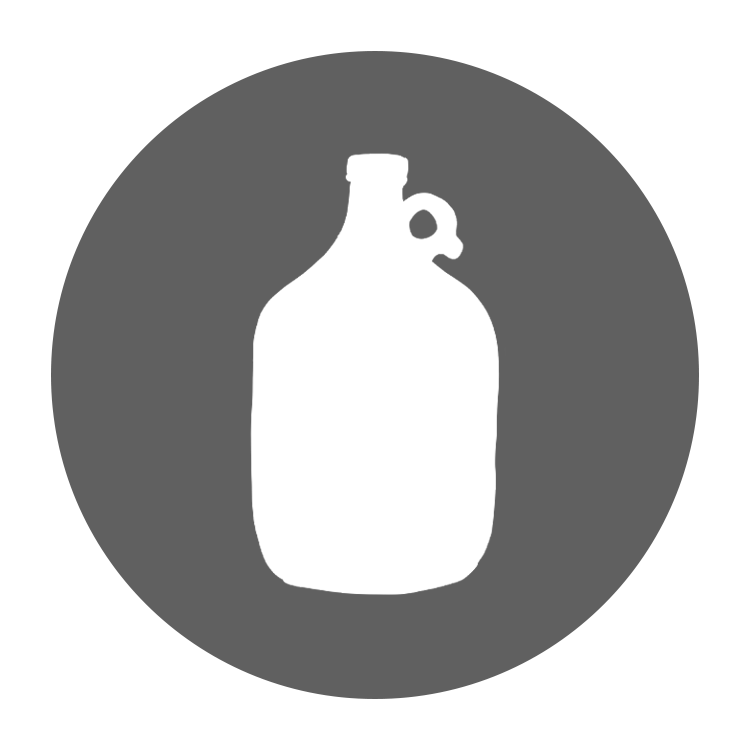What is Cocamidopropyl Hydroxysultaine?
According to the Cosmetic Ingredient Review article, Safety Assessment of Alkyl Sultaines as Used in Cosmetics,
“Cocamidopropyl Hydroxysultaine is produced through the amidation reaction of coconut oil to form cocamidopropyl dimethylamine. This intermediate is then quaternized with 3-chloro-2-hydroxy-1-propanesulfonate to form Cocamidopropyl Hydroxysultaine.”
Why do we use Cocamidopropyl Hydroxysultaine?
When formulating healthier-for-you products, we discovered that a lot of chemicals considered “natural” can have other issues: impurities and high allergen content. We discussed our options with other chemists and that led us to the sultaine group of chemicals. Not only did cocamidopropyl hydroxysultaine meet our need for a more sustainable product, but it also has a higher renewable carbon index. It is a widely accepted chemical in the EU and Canada. It is also on the EPA’s Safer Choice list of ingredients, and it has an EWG score of a 1
Why do we use Cocamidopropyl Hydroxysultaine over other surfactants on the market?
Cocamidopropyl hydroxysultaine is amphoteric which makes it a flexible material when formulating all sorts of products. It is derived from coconut fatty acids or coconut oil - not from palm oil. Other chemicals like sodium laureth sulfate (SLS), and sodium laureth sulfate (SLES) may contain several different impurities that may cause skin irritation, cancer, and even genetic defects.
Is Cocamidopropyl Hydroxysultaine safe to use? Is it non-toxic?
Cocamidopropyl hydroxysultaine is one of the safest, nontoxic chemicals that is readily biodegradable. In one study, all 51 healthy volunteers observed no skin irritation or sensitivity. Depending on how it is manufactured it could contain < 2 ppm DMAPA or unreacted free < 10 ppm. PPM stands for parts per million and “are used to express the concentration of trace species (species present in minute amounts) in mixtures of gases or liquids.” Our manufacturer has verified that the Cocamidopropyl hydroxysultaine DMAPA level is not detectable using their testing measures.
Cocamidopropyl Hydroxysultaine is used in Rustic Strength's:
In Summary:
Cocamidopropyl hydroxysultaine assists the primary surfactant in formulations as a thickening agent and helps increase the product's foaming power. In hair and skin products, it is used as a conditioning agent and antistatic. It is mild in nature, and can be derived from coconuts (oils or fatty acid). It has no skin irritations in humans and animals. Is readily biodegradable and accepted in the EU and Canada as a safe chemical.
If you have any questions regarding this or any other ingredients we use feel free to reach out to our email: customercare@rusticstrength.com. We would be more than happy to answer your questions.
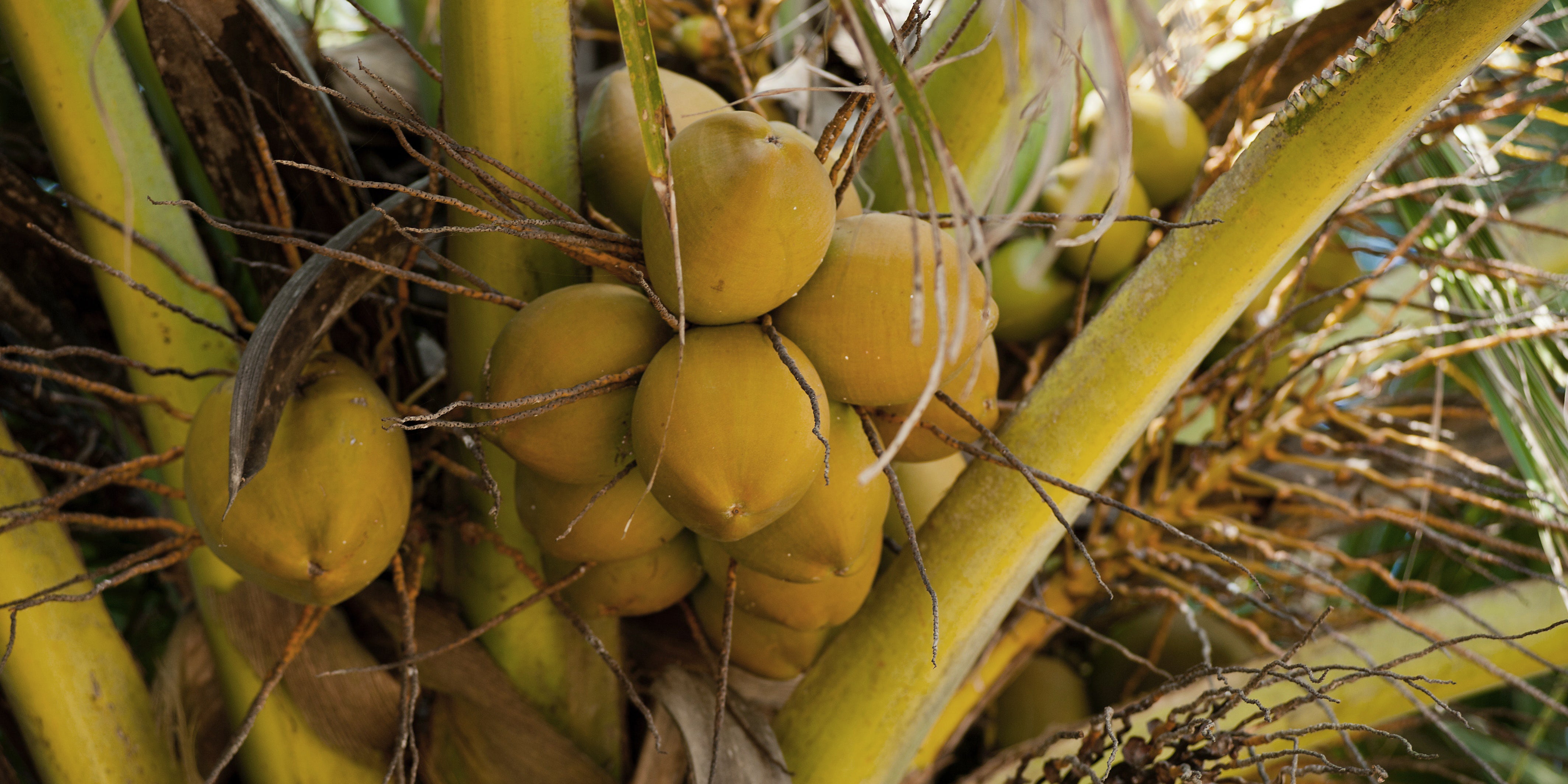
We invite you to do your own research!
Scientific journals and articles are the foundation of evidence-based decisions at Rustic Strength. Blogs can provide helpful information. However, if it can not cite scientific articles, its claims stand on little.
